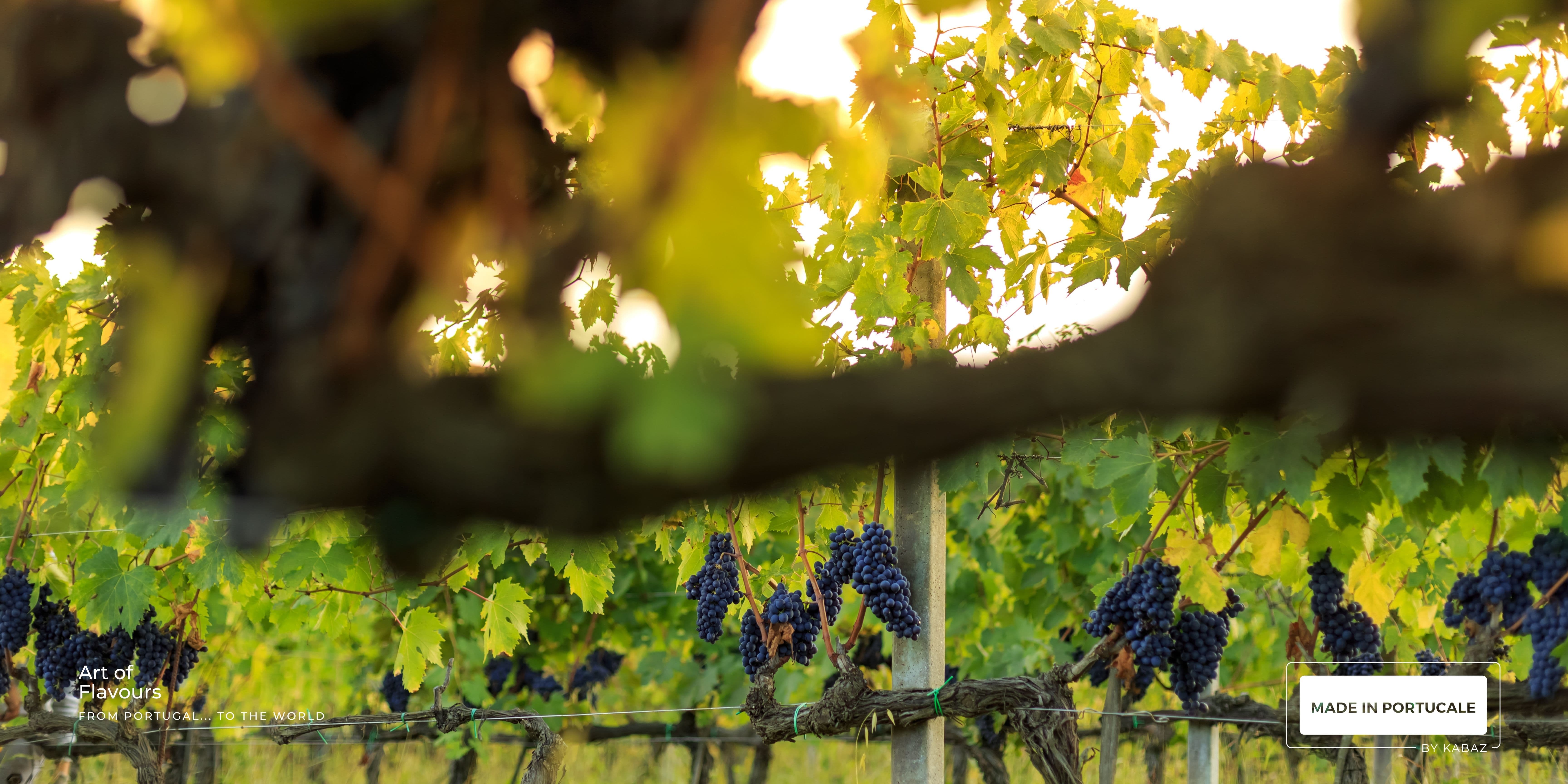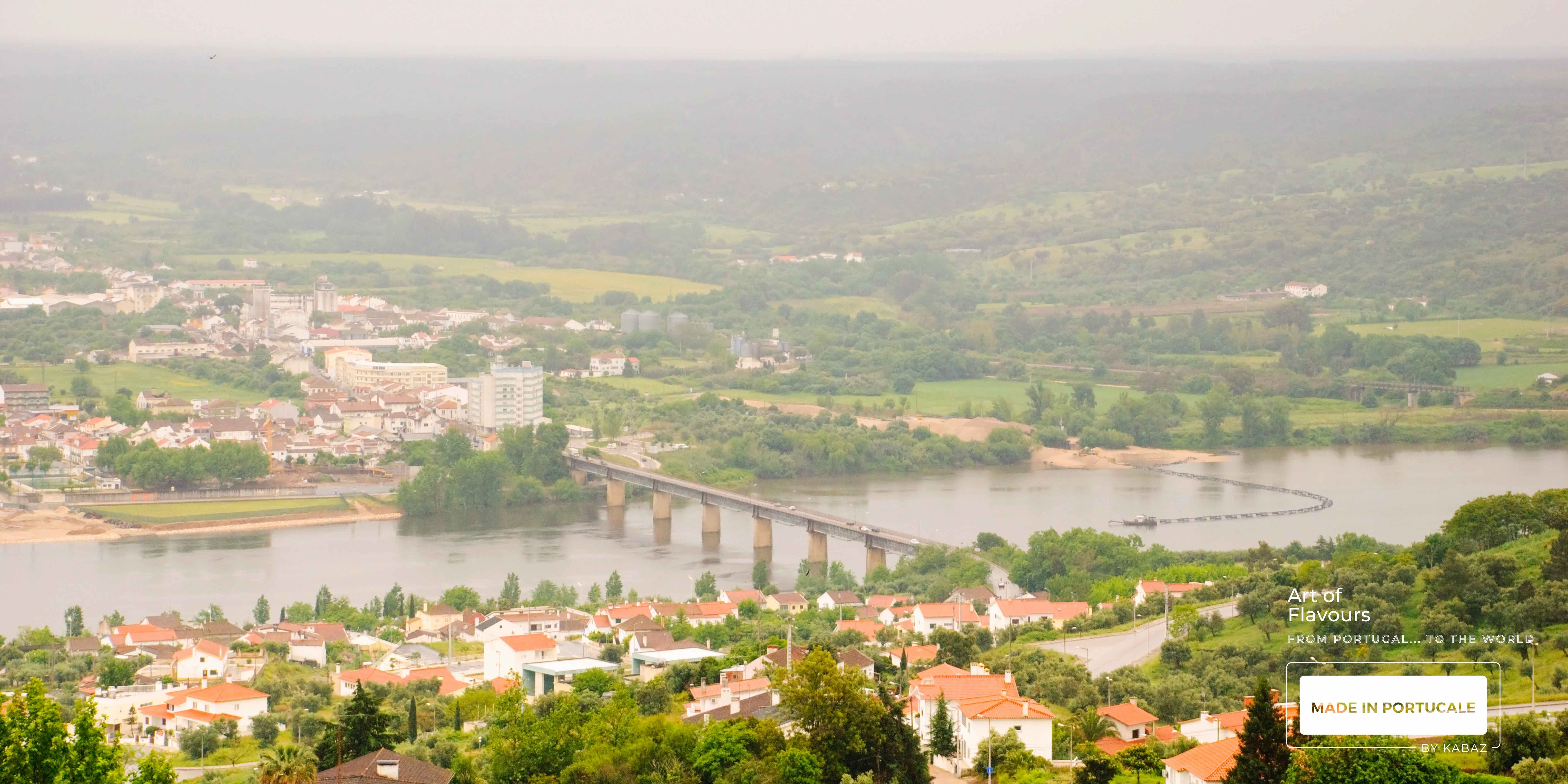
Tejo Wine Region
X
In this article we cover another of the Portuguese Wine Regions, namely a wine region located in the Center and inland of Portugal, where the art of producing wine dates back to 2000 BC, namely when the people who occupied the region started planting the vine along the banks of the river that gives it its name, we refer to the Tejo River, the longest river in the Iberian Peninsula.
X
According to the History that the King of Portugal, his name Afonso Henriques made reference to the wines of the region in the Foral de Santarém, dated 1170, and that the Cartaxo will have exported 500 ships with casks of wine that, in just one year, will have reached the value of 12,000.
X
This wine region is located in the heart of Portugal, far from the sea, the Tejo Region is intrinsically linked to the production of wines.
X
It is by its own right and merit one of the oldest wine producing regions in our country, the historical facts of this ancient and noble nation.
X
The Tejo Terroir
The wine region that we address here is characterized by being located in the interior and center of Portugal, where the main orographic point of view existing in the Tejo Region is the Serra de Aires e Candeeiros, a Natural Park by the way, delimiting what we can call Alto and Baixo Tejo.
In hydrographic terms, we have the Tejo River, due to its size and irregularity (floods), it continues to condition agricultural activities in the Region.

Still, the vine is, as a rule, the crop least affected by the floods that occur less and less frequently, thanks to the flow management made by the different dams.
Historically there are multiple references to Tejo wines. Like many other national and international wine regions, their names are associated with those of the rivers that cross them. In our case, the Tejo is undoubtedly the dominant element of this region, making a decisive contribution both at the level of the various «Terroirs» and at the climatic level.
A “rich” Region
We are facing a Wine Region full of arguments, history, gastronomic heritage, where the National Gastronomy Festival in Santarém, capital of the Gothic, has been held for forty years.
A region full of history, where we find monasteries, convents, castles, cities, towns and farms belonging to noble families that were once holiday resorts and hunting seasons, the Tagus region is still governed by the tradition of creation of the Puro Sangue Lusitano horse, inseparable from bullfights.
The region's borders are defined by Tomar, Ferreira do Zêzere, Sardoal and Mação, to the North; Abrantes, Chamusca, Alpiarça and Almeirim, to the East; Torres Novas, Alcanena, Rio Maior, Cartaxo and Azambuja, to the West, Coruche and Benavente, to the South.
The Tejo Wine Region comprises a total of 17 thousand hectares that annually produce around 650 thousand hectoliters which represents about 10% of the national total. Of these, about 110 thousand hectoliters are certified, of which 90% are wines with Protected Geographical Indication (PGI) and 10% are wines with Controlled Denomination of Origin (DOC).
Here you can order and taste samples produced in this region, just click here.
For other Portuguese wine regions, click here.

Source: Clube Vinhos Portugueses and CVR Tejo









